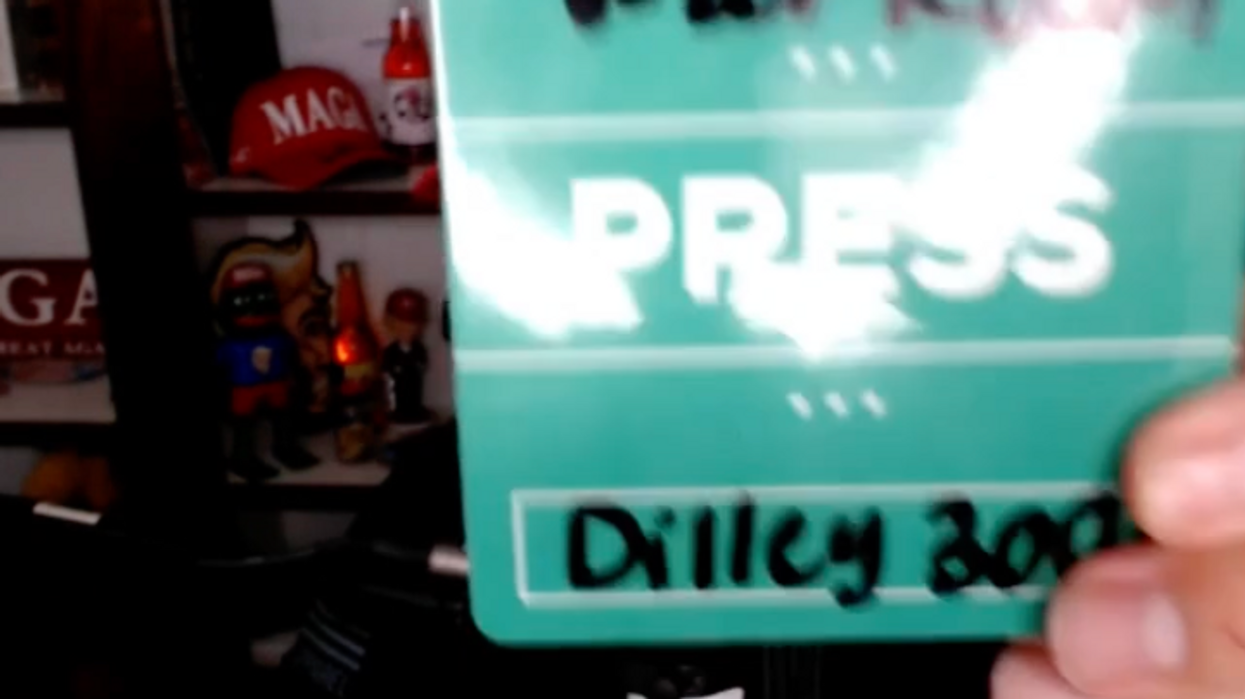
Although many of us are trying to reduce our reliance on plastics, the reality is that we use them all day, every day. From the medical equipment made through reaction injection molding to our constantly-connected devices, plastic plays at least some part in our ability to function. Of course, looking at those screens for so many hours each day can have major consequences. But is the blame placed appropriately?
Research shows that too much screen time can be damaging to our health. Although more than 40% of children have dental cavities by the time they enter kindergarten, research shows that eye damage due to screen use is now becoming more common among young kids, too. Both the amount of time spent on screens and the distance the user is away from the screen itself may cause anything from eye strain to reduced brain development, particularly in areas responsible for language and literacy — an alarming notion for many parents. For adults, the risks are significant, as well. One study suggests that excessive screen time might actually speed up aging and reduce one’s lifespan, though the data was admittedly obtained by watching fruit flies rather than humans.
But for quite a while, people have seemed a bit more concerned with the type of light being emitted from their screens. Electronic devices like smartphones, laptops, and tablets give out more blue light than light of any other hue, and because this type of light has a shorter wavelength, it’s reportedly more damaging than other kinds. And while Americans may use a pair of sunglasses (one of which is broken, sat on, or lost every 14 minutes) to protect their eyes from certain kinds of light, it’s not practical or even useful to wear sunnies when working at a desk all day.
Instead, many of us use blue light-blocking glasses or take advantage of screen settings to make the colors a bit warmer. These measures are supposed to help soothe or prevent tired eyes and allow us to get a better night’s sleep. But apparently, we might be too concerned about the damaging effects of blue light exposure. Although the eyes of rodents were found to sustain damage as a result of blue light, human eyes have built-in protective elements that rats don’t — which absorb blue light before it can damage our retinas. Blue light can disrupt our sleep, as this high-energy light can mess with our internal clocks. However, the same can be said of any color of light. In other words, even if you set your iPhone to night mode, you still might not get your full eight hours if you stare at a screen before your head hits the pillow. Moreover, reducing blue light exposure won’t keep your eyes from getting tired after working in front of a computer for the whole day. Many products that promise to block blue light don’t even do an adequate job, either.
The real problem here is screen use, not the type of light that’s emitted. That means you need to take steps other than blue light protection. Experts suggest that individuals follow the “20-20-20 rule,” which involves taking a 20-second break from the screen every 20 minutes to look at something that’s located 20 feet away. It’s also a good idea to use lubricating eye drops before you use the computer or look at your phone for an extended length of time. We tend not to blink nearly as often when we’re staring at a screen, which can dry out your eyes and make them feel tired at the end of the day. A good eye drop product can help to alleviate that problem. And, of course, you should consider cutting back on screen usage when possible (especially before going to bed).
In our tech-driven world, it’s really not possible to avoid screens entirely. But rather than buying into products that won’t really help you or wrongly placing blame, heed this advice and protect your eyes the right way.


